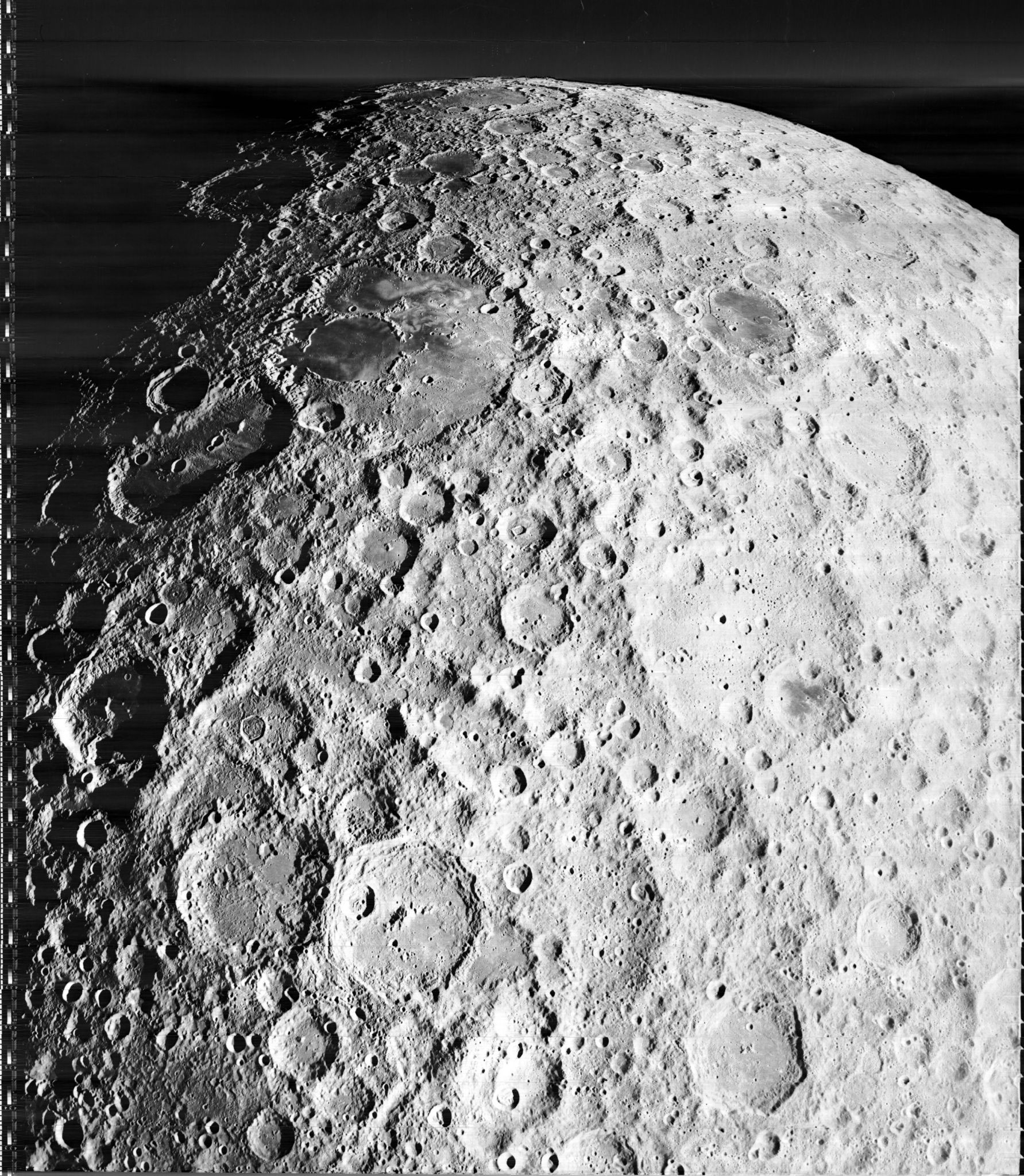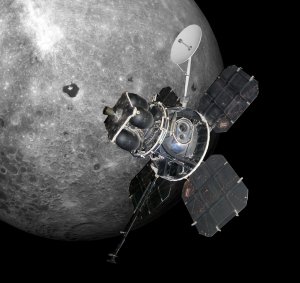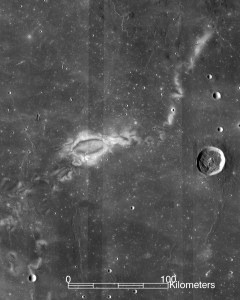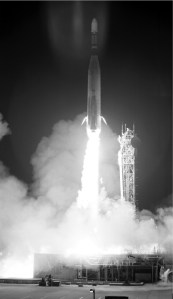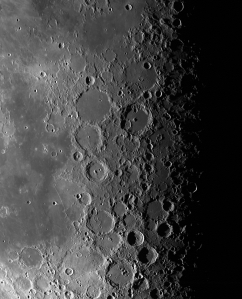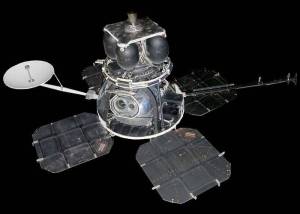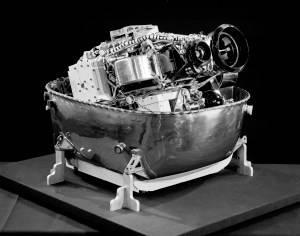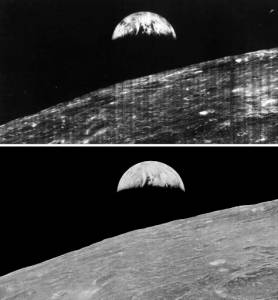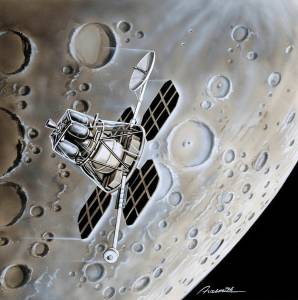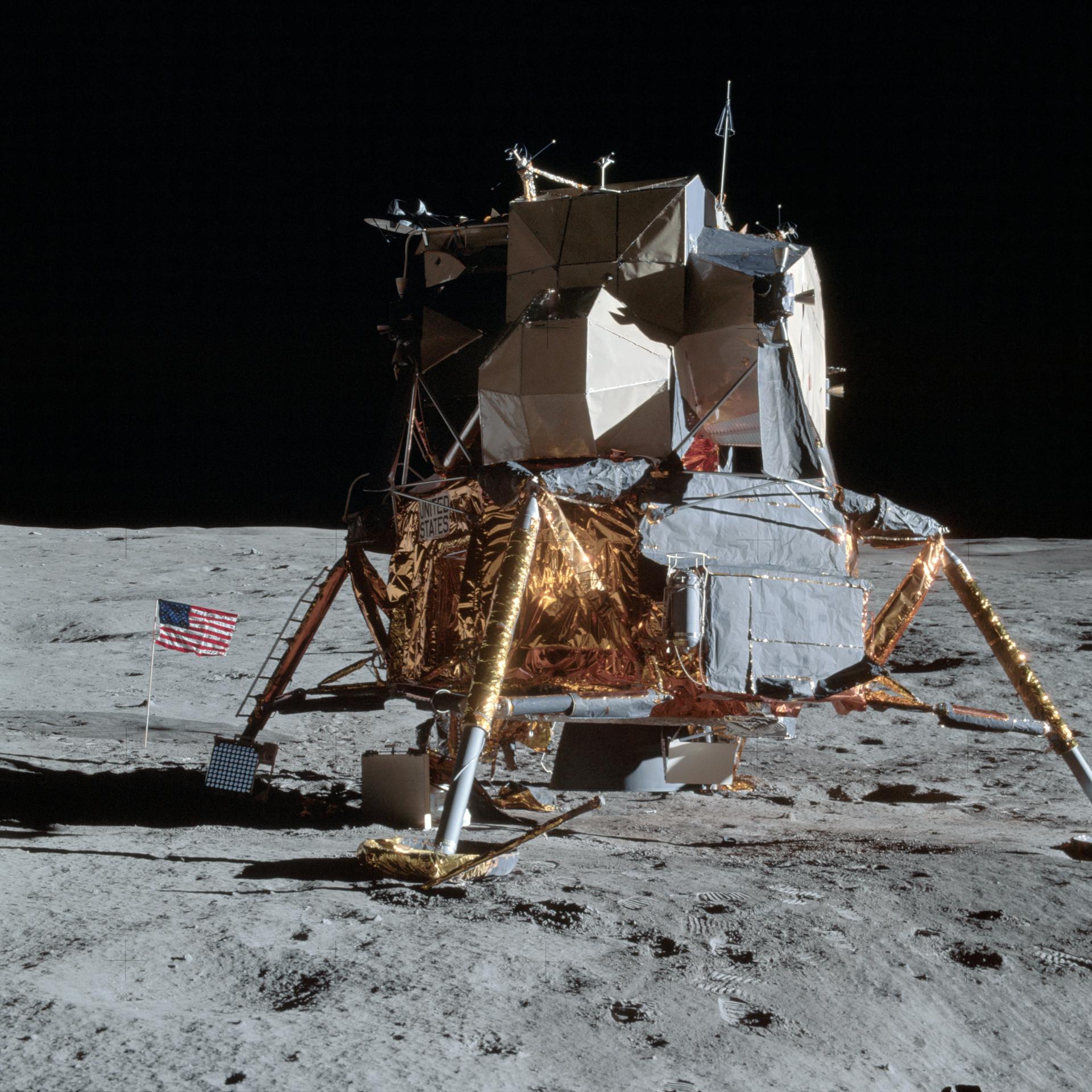Lunar Orbiter 2
The Lunar Orbiter 2 spacecraft was designed primarily to photograph smooth areas of the lunar surface for selection and verification of safe landing sites for the Surveyor and Apollo missions.
Mission objective
launch vehicle
Launch
Landing
Lunar Orbiter 2
The Lunar Orbiter 2 spacecraft was designed primarily to photograph smooth areas of the lunar surface for selection and verification of safe landing sites for the Surveyor and Apollo missions.
Learn More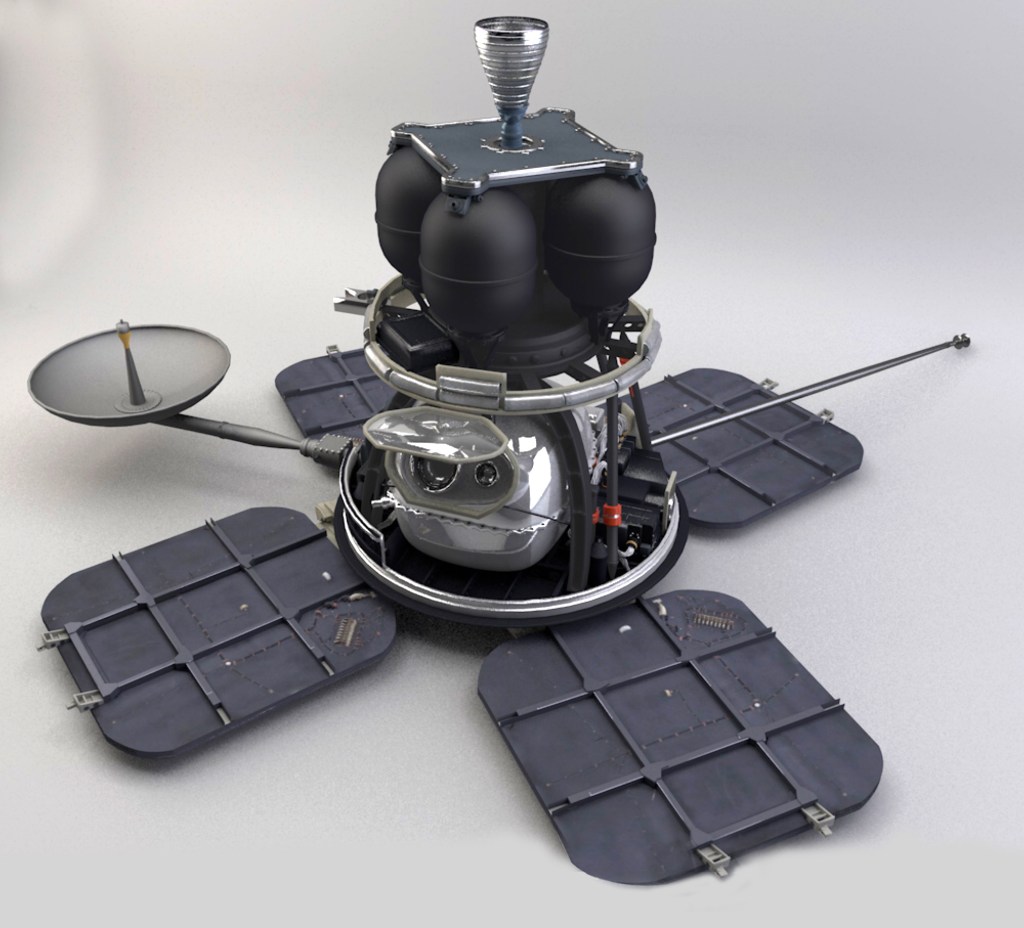
Key Dates
Nov. 6, 1966: Launch
Nov. 10, 1966: Spacecraft arrived in lunar orbit
Nov. 18, 1966: Photography mission began
Oct. 11, 1967: Spacecraft deliberately crashed on the Moon
In Depth: Lunar Orbiter 2
Lunar Orbiter 2’s mission was to photograph 13 primary and 17 secondary landings sites for the Apollo program in the northern region of the Moon’s near side equatorial area.
After a course correction on the way to the Moon, on Nov. 10, 1966, the spacecraft entered a 122 × 1,150-mile (196 × 1,850-kilometer) orbit around the Moon. After 33 orbits, Lunar Orbiter 2 was moved to its photographic orbit with a perilune (closest point to the surface) of about 31 miles (49.7 kilometers).
On Nov. 18, 1966, Lunar Orbiter 2 began its photography mission, returning excellent quality medium and high-resolution photographs, including the impact point of Ranger 8. The spacecraft ended its photography mission Nov. 26, 1966, and transmission of the images was concluded Dec. 7, 1966, by which time the probe had transmitted back 211 pictures of both the near side of the Moon and large areas of the far side.
These photos covered nearly 1.6 million square miles (4 million square kilometers) of the lunar surface. The high-gain transmitter failed during this time but did not significantly affect the coverage afforded by the photos.
On Nov. 23, 1966, Lunar Orbiter 2 took perhaps the most memorable photo of any in the series, a spectacular shot looking across the Copernicus crater from an altitude of only 28 miles (45 kilometers) that vividly emphasized the three-dimensional nature of the lunar surface.
On Dec. 8, 1966, after the main photographic mission was over, Lunar Orbiter 2 fired its main engine to change its orbital plane in order to provide tracking data of the Moon’s gravitational field over a wider swath.
Finally, on Oct. 11, 1967, when attitude control gas was almost depleted, a retro-burn deliberately crashed the spacecraft onto the lunar surface at 4 degrees south latitude and 98 degrees east longitude on the far side of the Moon to prevent communications interference on future missions.
Key Source
Siddiqi, Asif A. Beyond Earth: A Chronicle of Deep Space Exploration, 1958-2016. NASA History Program Office, 2018.
| Objective(s) | Lunar Orbit |
| Spacecraft | LO-B (Spacecraft 5) |
| Spacecraft Mass | 850 pounds (385.6 kilograms) |
| Mission Design and Management | NASA / LaRC |
| Launch Vehicle | Atlas Agena D (Atlas Agena D no. 18 / Atlas D no. 5802 / Agena D no. AD122/6631) |
| Launch Date and Time | Nov. 6, 1966 / 23:21:00 UT |
| Launch Site | Cape Canaveral, Fla. / Launch Complex 13 |
| Scientific Instruments | 1. Imaging System 2. Micrometeoroid Detectors 3. Radiation Dosimeters |
Lunar Orbiter 2 Image Catalog
Lunar Orbiter II was designed to be a photographic survey program for Apollo landing sites within ±5 degrees latitude (i.e., along the equator) and ±45 degrees longitude (i.e., on the lunar nearside). The spacecraft was launched November 6, 1966. Between November 18 and 25 it produced 211 photographs during 40 orbits, although some photographs were lost during transmission to Earth.
Learn More about Lunar Orbiter 2 Image Catalog